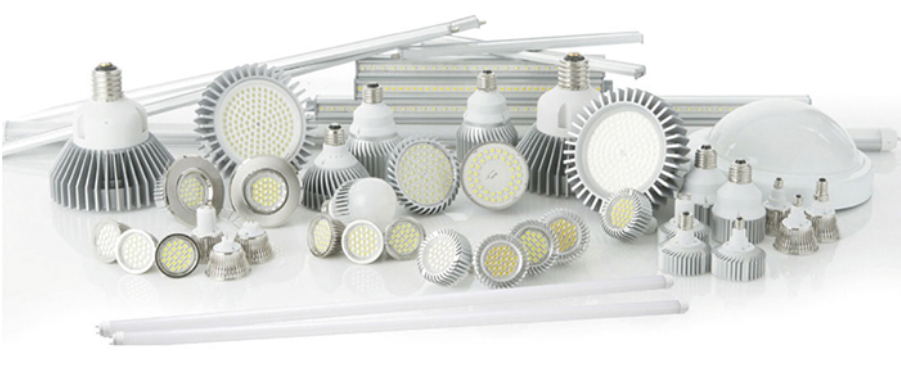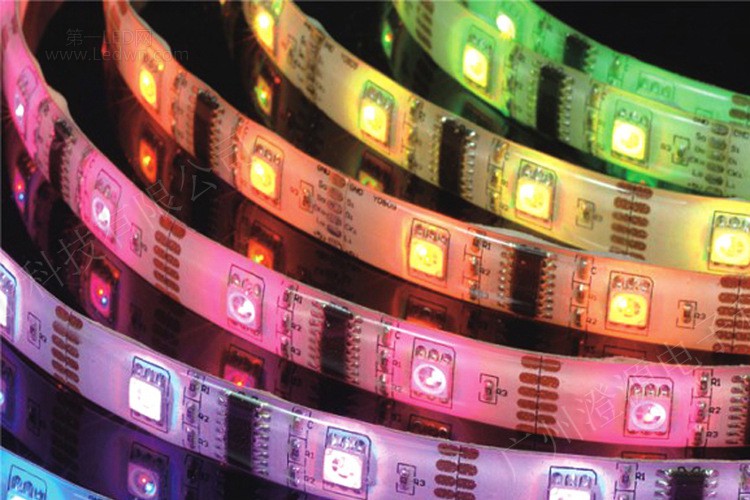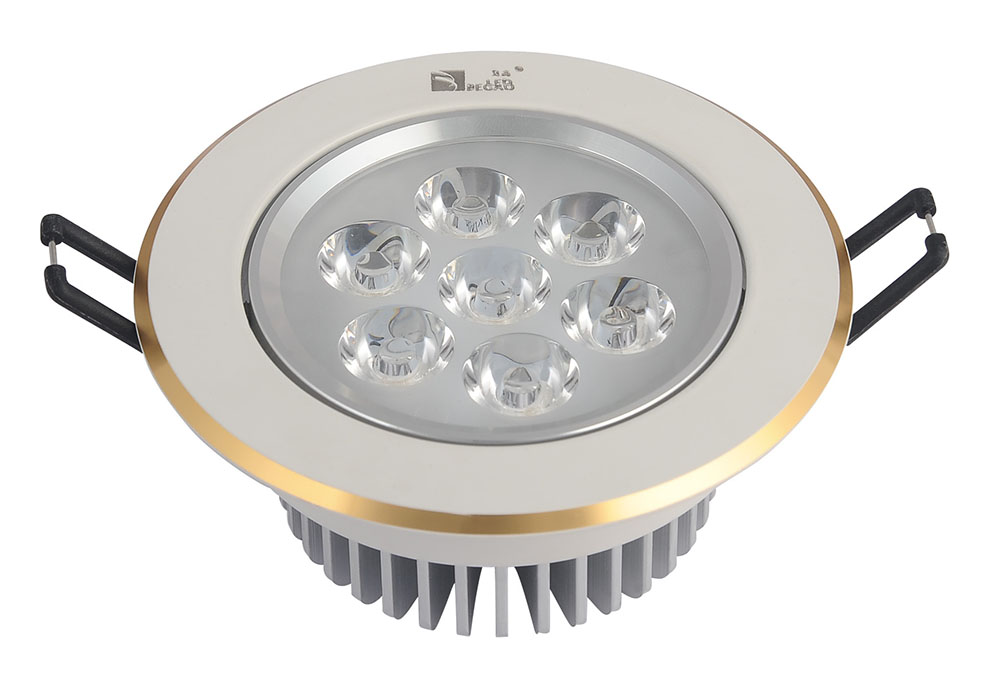Looking ahead to 2017, when the experts of the Citi think tank interviewed by the China Industry News reporter pointed out that China’s robotics industry still has problems such as weak independent innovation capability, high business pressure, low recognition of independent brands, and industry standards to be further regulated. But overall, the opportunities are greater than the challenges. China's robotics industry will continue to maintain rapid growth, product structure will continue to be optimized, product functions and application industries will be further expanded, sales volume of industrial robots will continue to diverge, and independent brands will continue to grow.
Industry maintains rapid growth
At present, a new round of scientific and technological revolutions and industrial changes have accelerated the emergence of new models of manufacturing, such as smart manufacturing, digital manufacturing, and network manufacturing with the integration of information technology and manufacturing technology. This will have a profound impact on the future development of manufacturing. Intelligent manufacturing equipment, including industrial robots and additive manufacturing, is increasingly used in the production process. Due to the combined influence of domestic and foreign economies, and with the rapid increase of labor costs in China, the demographic dividend has gradually disappeared. The demand for automation and intelligent equipment including industrial robots has risen rapidly in industrial enterprises, and the robot industry in China continues to maintain a rapid development trend. . From January to October 2016, the output of industrial robots of enterprises above designated size in China reached 57,000, an increase of 29.1% over the same period of last year. Among them, the performance was particularly prominent in August, and the output increased by 65.5% year-on-year.
It is expected that in 2017, the economic recovery momentum of developed countries will increase, the development prospects of emerging economies are expected to improve, and global robot demand is expected to continue to maintain rapid growth. Among them, the year-on-year growth of industrial robots is expected to be 13%, that of the Americas and Europe is about 8%, and that of Asia/Australia is about 15%. The top two sales of dedicated service robots are still expected to be defense robots and milking robots. Service robots for personal/domestic use are expected to sell 10 million units, and mainly include housekeeping robots for vacuuming, mowing, wiping windows, and recreation and leisure robots. China's robot market is expected to continue to grow at a relatively rapid rate. With the implementation of "Made in China 2025", "Robot Industry Development Plan (2016-2020)", domestic steady growth policy, and supportive policies for local robot industry, there is an urgent need for industries in many places. In terms of structural adjustment and improvement of the ecological environment, the year-on-year increase in the installed capacity of new industrial robots in China is expected to reach 20%.
Since 2016, with the healthy development of China's robotics industry, the sales volume of domestic multi-joint robots with high added value has been increasing year by year, the proportion of coordinate robots has decreased year by year, and the product structure has continued to optimize in recent years. Compared with 2013, the proportion of multi-joint robots in the total sales volume of domestic industrial robots rose faster in 2015, while the proportion of coordinate robots mainly composed of three-four-axis robots decreased by 7%, and the proportion of plane multi-joint robots decreased. 14%.
In 2017, on the one hand, along with the promotion of domestic robots with policies such as “Robust Industrial Development Plan (2016~2020)â€, on the other hand, with the continuous improvement of China’s robot industry technology, especially high value-added product technologies, The performance of joint robots will be further improved. At the same time, companies will continue to optimize their products and improve the level of manufacturing. China's robotic product structure will continue to be optimized, and sales of domestic multi-joint robots are expected to increase further.
Application field further development
In 2016, robotic products continued to expand new application functions, mainly focusing on handling and loading and unloading, welding and brazing, assembly, coating and sealing, and processing. In 2015, more than 60% of domestic industrial robots were used for handling and loading and unloading, with a total of 13,529 units, a 38.7% increase year-on-year. The second largest application of domestic robots is welding and brazing, with a total of 3,751 sets. Other robots used in assembly, coating and sealing, processing, cleanrooms, etc., have all achieved sales growth. Sales of robots used for processing have grown rapidly, with a year-on-year growth rate of 90.7%.
It is expected that in 2017, with the continuous implementation of the “Robot Industry Development Plan (2016~2020)â€, the replacement of key positions robots, the low-production (un)humanized special projects, and new application demonstration policies, robotics applications will continue to be maintained. Highly concentrated situation and application areas will continue to expand, handling and loading and unloading robot sales continue to remain first, and is widely used in plastic molding, metal casting, palletizing, machining, packaging, stamping, forging and other fields; with processing capabilities The robot will continue its rapid growth and be used in laser cutting, mechanical cutting, deburring and polishing.
In 2016, the robotics industry continued to expand, involving agricultural and non-staple food processing industries, wine, beverage and refined tea manufacturing, pharmaceutical manufacturing, catering, non-ferrous metal smelting and rolling industries, food manufacturing, non-metallic mineral products, Chemical raw materials and chemical products manufacturing, special equipment manufacturing, electrical machinery and equipment manufacturing, metal products, automotive manufacturing, rubber and plastic products, etc. In 2015, domestic industrial robots have served 35 industries and 88 industries in the national economy. Compared with 2014, they have expanded 6 industry categories and 21 industry subcategories. Among them, general equipment manufacturing, computers, communications and other electronic equipment manufacturing, rubber and plastic products, and automobile manufacturing use the largest number of industrial robots, which accounted for 18.8%, 17.0%, and 14.8 of the total sales volume of domestic industrial robots in 2015, respectively. % and 13.9%.
It is expected that robot applications will be further expanded in 2017. It is expected that the number of industrial robots will be the largest in general equipment manufacturing, electronic equipment manufacturing, rubber and plastics products, and automobile manufacturing; industries with rapid sales growth are expected to include fisheries, coal mining, leather, rough products, footwear, and instruments. Instrument manufacturing industry, catering industry, education, furniture manufacturing, textile industry, etc.; besides, it is expected to extend to labor-intensive textile and logistics industries, high-risk defense and civil explosive industries, and pharmaceuticals that require high cleanliness of the production environment. , semiconductors, food and other industries, as well as ceramics, brick-making industries that endanger human health.
Product sales will be divided
In 2016, the sales trend of different types of industrial robots continued to diverge in 2015. The sales volume of domestic industrial robots was ranked first and second in terms of coordinate robots and multi-joint robots. In 2015, the growth rate of logistics robots for factories in domestic industrial robots was the fastest, with only negative sales growth for flat multi-joint robots.
In 2017, although there are still many uncertainties affecting the operation of the industry, due to the obvious advantages of application robots, the application market will continue to develop rapidly. It is expected that the new installed capacity of coordinate robots and multi-joint robots will continue to occupy the first and second respectively. As a result, the proportion of total sales will continue to increase; the growth in the number of new logistics robots and multi-joint robots installed in factories is expected to continue to exceed other types of industrial robots.
LED PCB
The most comprehensive introduction of LED PCB
The relationship between LED and PCB
The printed circuit board is a genius innovation of circuit technology, laying less space and materials for more complex and large-scale circuits. The printed circuit board is such an important invention in circuit technology because it makes electrical and electronic components smaller, more flexible and more precise. For example, FPC(Flexible PCB), Multilayer PCB, BGA PCB , rigid-flex PCB and so on.

Soldering the LED chip to the PCB board, as long as the PCB circuit is connected in some way, it will illuminate, which forms the LED PCB. LED PCBs typically also have a heat sink and ceramic pedestal to hold the circuit in place and allow the smooth operation of the circuit. A heat sink is required because LEDs tend to generate a lot of heat, which can damage the PCB and the equipment that connects the circuits.
Because LED will produce a lot of heat, led PCB generally uses metal substrate as its production material. Metals with the ability to dissipate heat quickly have proved to be a better choice. Generally, whenever led PCB is designed, Aluminum PCB is preferred. Aluminum PCB usually also contains a thin layer of dielectric, which can dissipate heat faster.
In addition to general lighting, led PCB can also provide visible light, infrared and ultraviolet light. Compared with other light sources, LED PCB can provide higher energy.
We are a professional LED PCB manufacturer and assembler in China, In this article, we would like to introduce in detail what is LED PCB, the materials used in manufacturing and LED circuit boards manufacturing, the application of LED printed circuit boards and so on.
In China, there are many PCB manufacturers and suppliers. Jinghongyi PCB is one of the LED PCB board manufacturers. We only provide LED PCB fabrication services. LED PCB design is not our specialty and business scope.
LED PCB board Introduction
LED PCB has many other names, such as LED PCB board, LED circuit, LED circuit board, led printed circuit boards, PCB board for LED.
In a sense, LED PCB and aluminum PCB belong to the same kind of PCB products, because their uses and materials are mostly the same.
With the popularization and widespread use of industrial lighting and civil lighting, whether outdoor or indoor, family or commercial buildings and factories, lighting provides the guarantee of its normal operation.
Of course, nowadays, with the development of human society, environmental pollution has become a difficult problem in the world. In order to reduce the consumption of coal, such as coal used for power generation in thermal power plants, coal combustion pollutes the atmosphere very seriously. In order to save energy and protect the environment, LED lights and previous lighting methods have great advantages, except for energy. Besides providing brighter lights, it also contributes to environmental protection.
LED PCB Meaning
LED circuit board is a kind of printed circuit board.

LED PCB Board Manufactureing
Both LED aluminium PCB and FR-4 fiberglass circuit board belong to PCB. To say differently, only compare LED aluminium substrate with FR-4 fiberglass circuit board.
LED aluminium substrate is printed on the surface of aluminium material with better thermal conductivity, and then weld electronic components on it.
In electronics, an LED circuit or LED driver is an electrical circuit used to power a light-emitting diode (LED). The circuit must provide sufficient current to light the LED at the required brightness, but must limit the current to prevent damaging the LED.

The voltage drop across an LED is approximately constant over a wide range of operating current; therefore, a small increase in applied voltage greatly increases the current.
Very simple circuits are used for low-power indicator LEDs. More complex, current source circuits are required when driving high-power LEDs for illumination to achieve correct current regulation.
An LED PCB board tends to generate a high volume of heat, making it difficult to cool via traditional means.
LED PCB Board Material - LED PCB raw material, LED bulb PCB raw material, LED strip PCB material
Metal core PCBs are often chosen for LED applications because they have enhanced heat dissipation capabilities. In particular, aluminium is usually used to make circuit boards for LED lamps. Aluminum substrates usually consist of thin layers of thermal conductive dielectrics that can be transported and have much more efficient heat dissipation than conventional rigid PCBs.
Compared with other electronic components, LED generates more heat, which requires PCB to heat very well. For this special feature, Metal Core PCB is often used in LED circuit boards, especially aluminum core PCB.
The following is the heat dissipation capacity of PCB plates of different materials, from weak to strong
1. FR4, common PCB board material;
2. Alumina substrate;
3. There is no doubt that the thermal conductivity of ceramic PCB is the best among many materials;
4. The thermal conductivity of alumina ceramic circuit board can be about ten times that of the aluminum substrate;
5. The thermal conductivity of Slyton aluminum nitride ceramic circuit board is ten times higher than that of alumina;
In this kind of ultra-high thermal conductivity, LED light attenuation will be greatly weakened, and its service life will be greatly increased.
LED Lighting PCB Assembly
Seeking LED PCB and Assembly? LED PCB manufacturing and assembly; Led board made based on your PCB files. Turn-key services; 100% inspection.

Applications of LED PCB
PCB LED lights can be incorporated into numerous lighting applications due to their combination of excellent energy efficiency, low cost and maximum design flexibility.
- Automotive headlights
- Airport runway landing lights
- Lighting used in military field
- Street lighting
- Highway tunnel lighting
- Photovoltaic (solar) lighting
- Flashlights and lanterns
- Traffic and signal lighting
- Lighting in hospital operating rooms
- High growth plant lighting
- Highway tunnel lighting
- Solar power products

If you have any questions about LED PCB Board, Please feel free to send us email. If you have final Gerber for production, welcome your inquiry.
Additional Information
Aluminum PCB for LED Light/Lamp/Tube
Aluminum PCB for LED
Aluminium Base LED PCB
LED Metal Core PCB
Metal Core PCB for LED
PCB industry cut into LED PCB heat sink aluminum substrate
Double Sided Aluminum PCB
LED PCB,LED Circuit Board,LED PCB Board,LED Printed Circuit Board
JingHongYi PCB (HK) Co., Limited , https://www.pcbjhy.com